Waste Vault – ETH Zürich Pavilion
Watch the ETH Zurich Pavilion being built.
Watch the ETH Zurich Pavilion being built.

Full House on May 30th at the ETH Zurich Pavilion in New York, as it hosted a public panel discussion with Asst. Prof. Dirk E. Hebel, Prof. Philippe Block, Asst. Prof. David Benjamin and Asst. Prof. Mark Wasiuta. The panel, hosted by the AIA Center for Architecture New York Chapter, brought an overwhelming response to the pavilion.
The IDEAS CITY Festival theme for 2015, The Invisible City, borrows from Italo Calvino’s classic novel exploring the invisible constructs that holds a city together. Two panels pursued this theme further by asking “What cultural practices define the future smart city, and where can we chart the boundaries between design methodology and ethical practice?” The first panel explored how material cycles and waste management can be further integrated into design practice. The second panel asked “How invisible ecologies can be represented and made visible and urgent?”

On May 22nd, construction of the ETH Zurich Pavilion started at the First Street Green in New York City. The stacking of the recycled pallets was concluded with the installation of the parametric triangular footings for arches made from reused beverage cartons. Within the next 3 days, the team from the Assistant Professorship of Architecture and Construction Dirk E. Hebel and the Block Research Group will conclude a 90 m2 pavilion in time for the IDEAS CITY Festival starting on Thursday 28th May 2015.
ETH Zurich brings a cutting-edge artifact of the future to the East Village: a pavilion created from waste materials. Recasting “trash” as a valuable asset, ETH Zurich Future Garden and Pavilion will redefine the notion of waste, acknowledging its value as a resource from which new cities can rise. Read more about the events of next week here.
May 30th, 5:30 – 7:30 p.m.
First Street Garden, Houston Street and 2nd Avenue, ETH Zurich Pavilion, New York City
The American Institute of Architects NY engage ETH Zurich’s Dirk E. Hebel and Philippe Block in a conversation with NY architects David Benjamin and Mark Wasiuta, Columbia University on cultural practices that define smart cities. The panel discussion will be held underneath the ETH Zurich pavilion and is part of the IDEAS CITY Festival program.
ETH Popup Workshop + Gallery
34 E 1st Street
During the month of May, ETH Zurich’s Assistant Professorship of Architecture and Construction Dirk E. Hebel and the Block Research Group together with miLES will transform the storefront at 34 E. 1st Street into a pop-up workshop and gallery for the prefabrication of the ETH Zurich Pavilion across the street at First Street Green Park. The storefront will become a workshop, showcase, and resting stop to visualize the working process behind the construction of a temporary structure by the ETH Department of Architecture. Peek into it, you may find surprises!
Commissioned by ETH Global, the Assistant Professorship of Architecture and Construction Dirk E. Hebel and the Professorship of Architecture and Structure Philippe Block will be building a pavilion at New York City’s First Street Garden as part of the New Museum’s IDEAS CITY festival, May 28 – 30th, 2015.
Using waste products as construction material, the structure aims to redefine our perception of refuse, acknowledging its capacity as a substance from which to construct new cities. Waste was seen for centuries as something specific which neither belonged to the family of natural resources nor to the one of finished products. Waste was a by-product, an (ideally) invisible part in the making and existing of our cities.
But waste could also be understood as an integral part of what we define as a resource. This metabolic thinking understands our built environment as an interim stage of material storage. The ETH Pavilion will be an example of this approach using a common waste product: beverage cartons as its construction material. The expressive pavilion is designed to allow the use of a non-standard, weak material in construction.To keep the stresses in the material low, the shape follows the flow of forces, resulting in a vaulted structure in compression. Thanks to its overall double curvature and the triangular sections of the arches, which give the structure a deeper section for the same thickness and weight, the shell is stable and safe.
Underneath and within this structure, ETH Global will curate a program following the theme of the pavilion. The exhibition ‘Building from Waste’ displays over 25 construction materials derived from waste, activating resources within our cities that have remained invisible until now. A covered area for about 30-40 people will provide space for invited guests from ETH Zurich and its partners to organize lectures and seminars for the general public. A bar will offer a variety of catering services throughout the duration of the festival.
Download detailed description of the ETH Zurich Pavilion (PDF, 4.5 MB).
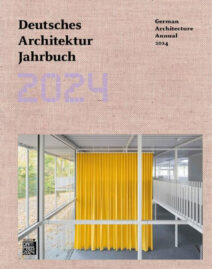
Klaaßen, Lars. “Organische Architektur – Pilzmyzel und Flachs als Materialien für die ökologische Bauwende.” In Deutsches Architektur Jahrbuch 2024, edited by Peter Schmal Cachola, Yorck Förster, and Christina Gräwe, 198–209. Berlin, Germany: DOM publishers, 2024.
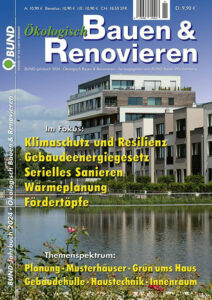
Streiff, Peter. “Zirkuläres Bauen – Kreislauf statt Abriss.” BUND-Jahrbuch – Ökologisch Bauen & Renovieren 2024, January 2024.
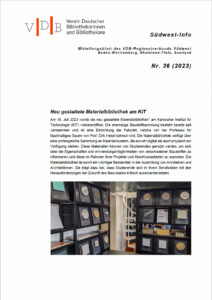
Mönnich, Michael, and Sandra Böhm. “Neu gestaltete Materialbibliothek am KIT.” Südwest-Info: Mitteilungsblatt des VDB-Regionalverbands Südwest Nr. 36 (2023), 2023.
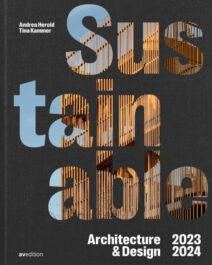
Hebel, Dirk E. “RoofKIT Wuppertal, Germany; Interview with Prof. Dirk Hebel: The aim is clear, we must forge the path ourselves.” In Sustainable Architecture & Design 2023/ 2024, edited by Andrea Herold, Tina Kammerer, and InteriorPark., 46–55. Stuttgart, Germany: av edition GmbH, 2023.
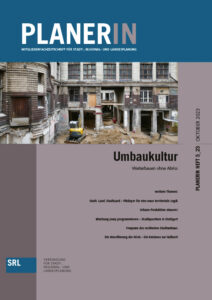
Hebel, Dirk E. “Der Bestand ist die künftige Ressource – Den linearen Umgang mit Baumaterialien schnellstmöglich stoppen.” Planerin – Mitgliederfachzeitschrift für Stadt-, Regional- und Landesplanung, Oktober 2023.
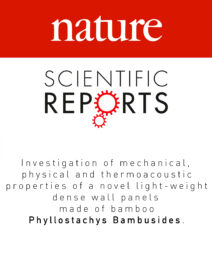
Gholizadeh, Parham, Hamid Zarea Hosseinabadi, Dirk E. Hebel, and Alireza Javadian. “Investigation of Mechanical, Physical and Thermoacoustic Properties of a Novel Light-Weight Dense Wall Panels Made of Bamboo Phyllostachys Bambusides.” Nature Sientific Reports 13 (October 26, 2023). https://doi.org/https://doi.org/10.1038/s41598-023-45515-3
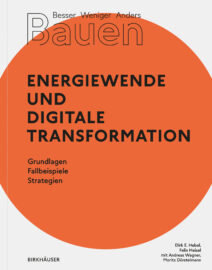
Hebel, Dirk E., Felix Heisel, Andreas Wagner, und Moritz Dörstelmann, Hrsg. Besser Weniger Anders Bauen – Energiewende und digitale Transformation. Besser Weniger Anders Bauen 2. Basel: Birkhäuser Verlag GmbH, 2023.
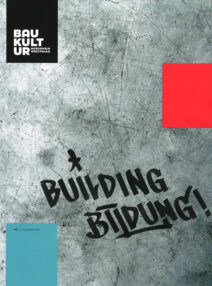
Hebel, Dirk E. “Vom Jagen, Züchten Und Ernten Zukünftiger Baumaterialien.” Baukultur Nordrhein Westfalen, September 2023.
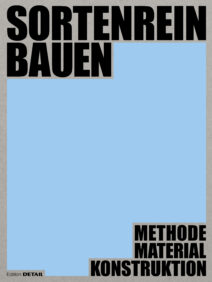
Hebel, Dirk E., Ludwig Wappner, Katharina Blümke, Valerio Calavetta, Steffen Bytomski, Lisa Häberle, Peter Hoffmann, Paula Holtmann, Hanna Hoss, Daniel Lenz and Falk Schneemann, eds. Sortenrein Bauen – Methode Material Konstruktion. Edition DETAIL. München: DETAIL Business Information GmbH, 2023.
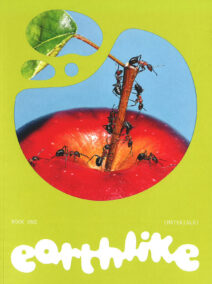
Schweikle, Johannes. “Fungi.” In Earthlike, 1:70–75, 2023.
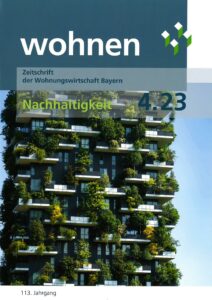
Hebel, Dirk E. “Die Stadt als Rohstofflager.” wohnen – Zeitschrift der Wohnungswirtschaft Bayern, August 2023.
Hebel, Dirk E. “Das RoofKIT-Gebäude der KIT Fakultät für Architektur – Gewinner des Solar Decathlon 2021/22 in Wuppertal.” wohnen – Zeitschrift der Wohnungswirtschaft Bayern, August 2023.
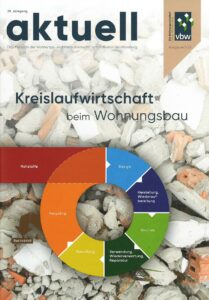
Hebel, Dirk E. “Die Stadt Als Rohstofflager.” Aktuell – Das Magazin Der Wohnung- Und Immobilienwirtschaft in Baden-Württemberg, 2023.
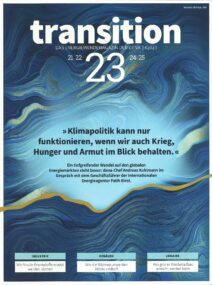
Ellinghaus, Tanja. “Bau-Kreislauf Statt Einweg-Wirtschaft.” Transition – Das Energiewendemagazin Der Dena, 2023.
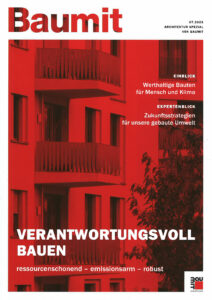
Hebel, Dirk E. “Sortenreines Konstruieren – Kreislaufbasiertes Selbstverständnis in der Architektur.” Baumit, 2023. https://www.calameo.com/read/0011023184a57c4715124.
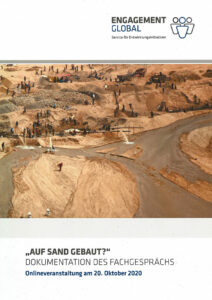
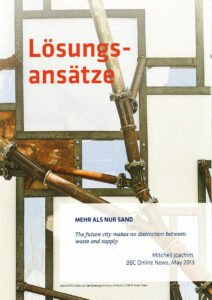
Reddy, Anita. “Bauen Als Kreislaufprojekt.” Engagement Global GGmbH, October 20, 2020. https://www.faz.net/aktuell/rhein-main/frankfurt/frankfurt-setzt-auf-recycling-nach-abriss-stadt-wird-baustofflager-18707619.html.
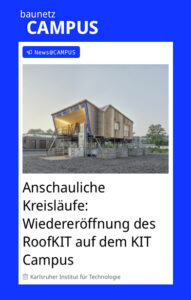
Lux, Katharina. “Anschauliche Kreisläufe: Wiedereröffnung Des RoofKIT Auf Dem KIT Campus.” Baunetz CAMPUS(blog), May 16, 2023. https://www.baunetz-campus.de/news/anschauliche-kreislaeufe-wiedereroeffnung-des-roofkit-auf-dem-campus-8235818.
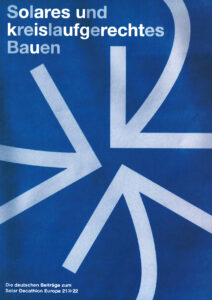
Wagner, Prof. Andreas, Nicolás Carbonare, Regina Gebauer, Prof. Dirk E. Hebel, Katharina Knoop, and Michelle Montnacher, eds. “RoofKIT.” In Solares und kreislaufgerechtes Bauen, 186–213. Wuppertal: PinguinDruck, 2023.
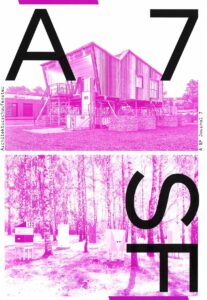
Blümke, Katharina, Elena Boerman, Daniel Lenz, and Riklef Rambow. “Die gebaute Umwelt als Ressource – Mit RoofKIT vom linearen zum zirkulären Verständnis des Bauens.” ASF Journal, March 28, 2023.
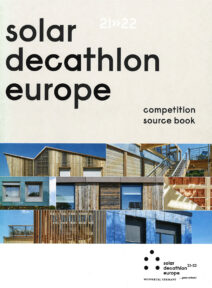
Voss, Karsten, and Katharina Simon, editors. Solar Decathlon Europe 21/22: Competition Source Book. 2023.
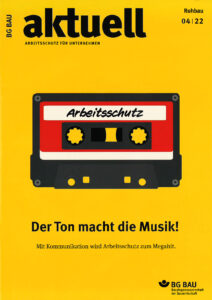
Wenk, Holger. “Pilze Als Vielversprechender Baustoff Der Zukunft.” BG Bau Aktuell – Arbeitsschutz Für Unternehmen, vol. 04/22, no. Rohbau, Sept. 2022, pp. 12–13.
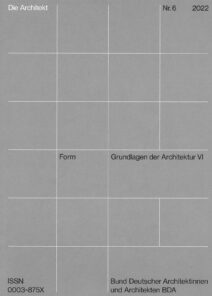
Jeroch, Theresa. “In Die Pilze Gehen.” Die Architekt, November 2022.
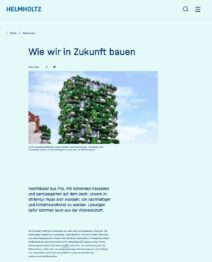
Niederstadt, Jenny. “Wie Wir in Zukunft Bauen.” Helmholtz-Gemeinschaft, December 12, 2022. https://www.helmholtz.de/newsroom/artikel/wie-wir-in-zukunft-bauen/.
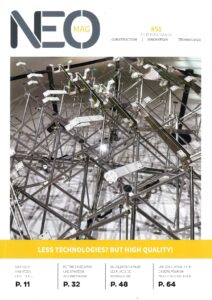
RoofKIT, Karlsruhe. “Le Projet RoofKIT Comme Démonstrateur de Solutions Pour Aujourd’hui et Demain.” Translated by Régis Bigot. NEOMAG, December 2022.
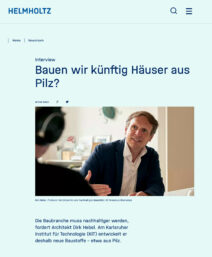
Niederstadt, Jenny, and Dirk E. Hebel. Bauen wir künftig Häuser aus Pilz? Helmholtz-Gemeinschaft, December 12, 2022. https://www.helmholtz.de/newsroom/artikel/bauen-wir-kuenftig-haeuser-aus-pilz/.
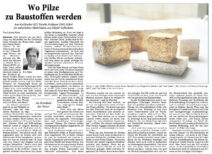
Blaue, Carsten. “Wo Pilze Zu Baustoffen Werden.” Rhein-Neckar-Zeitung, December 6, 2022, Nr. 282 edition. https://www.rnz.de/region/metropolregion-mannheim_artikel,-karlsruher-kit-wo-pilze-zu-baustoffen-werden-_arid,1015503.html.
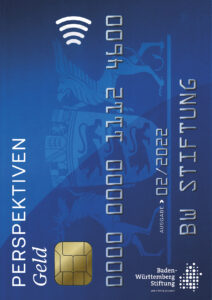
Baden-Württemberg Stiftung GmbH. “RoofKIT: Preisgekrönte Vision aus Karlsruhe.” PERSPEKTIVEN, October 2022.
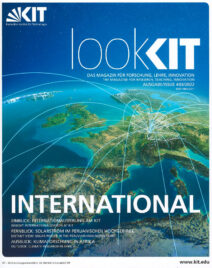
Justus Hartlieb, “Bauen Verbindet: Internationale Zusammenarbeit an der KIT-Fakultät für Architektur”, LookKITINTERNATIONAL, no. 03/2022 (November 2022).
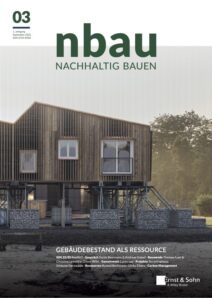
Lenz, Daniel, Elena Boerman, and Dirk E. Hebel. 2022. “Gebäudebestand als Ressource.” nbau, no. 03/2022 (Oktober). https://www.nbau.org/2022/10/12/gebaeudebestand-als-ressource/.
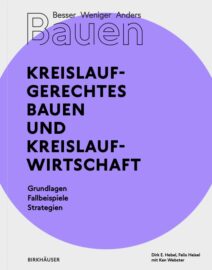
Hebel, Dirk E., Felix Heisel and Ken Webster, eds. Building Better – Less – Different: Circular Construction and Circular Economy. Building Better Less Different 1. Basel: Birkhäuser Verlag GmbH, 2022.
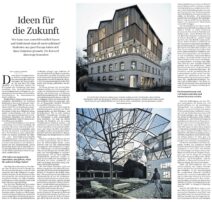
Klaaßen, Lars. 2022. “Ideen Für Die Zukunft.” Süddeutsche Zeitung, September 17, 2022.